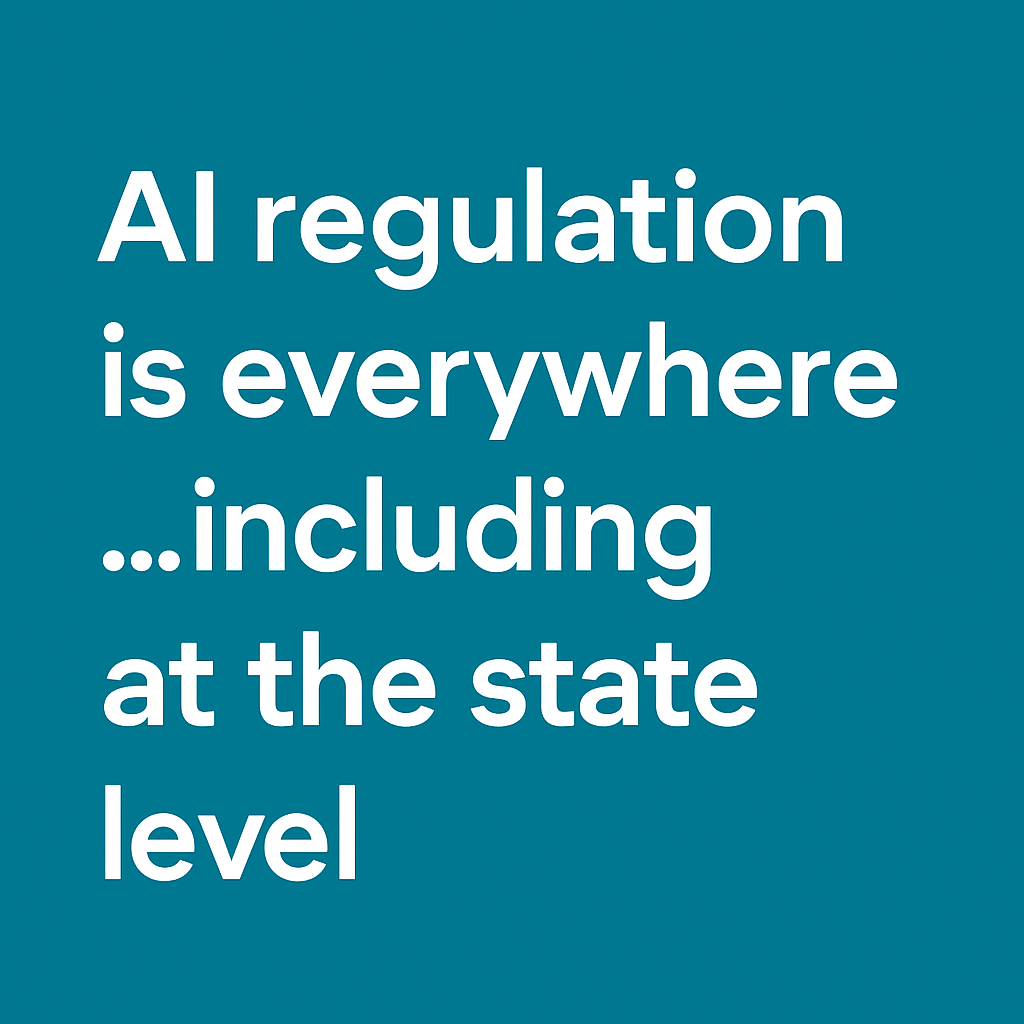In recent years, the Securities and Exchange Commission (SEC) has increasingly focused on the use of artificial intelligence (AI) and data analytics in financial services. With the recent leadership changes at the SEC, the regulatory landscape for AI-related activities is evolving.
This blog examines how the SEC's new leadership is approaching AI in the financial sector, from proposed rulemakings to enforcement posture, and explores the implications for compliance professionals, fintech firms, and investment managers. While this article does not address specific product launches or proprietary technologies, it offers a high-level overview of key developments that are likely to influence firms across the industry, including those whose AI capabilities are still under development.
New leadership at the SEC
In April 2021, Gary Gensler was appointed Chair of the SEC. Gensler served as the SEC Chair from April 2021 until early 2025 and played a significant role in overseeing the agency's regulatory initiatives during his tenure. Gensler brought a strong focus on digital innovation to the Commission's regulatory agenda.
More recently, Paul S. Atkins, known for balancing regulatory priorities with promoting innovation, took over as the new SEC Chair. His appointment signals a potential shift in the SEC's approach to regulating emerging technologies, including AI and data analytics.
Public statements from Chair Atkins and fellow Commissioners have highlighted the importance of regulating the use of AI, machine learning, and predictive analytics in financial decision-making while also supporting responsible innovation. This stance reflects a shift from the previous SEC leadership, which took a more cautious or exploratory tone on emerging technologies.
The Predictive Data Analytics by Broker-Dealers and Investment Advisers Proposed Rule (PDA)
On July 26, 2023, the SEC proposed the PDA but has yet to finalize it. Many industry stakeholders have been keenly interested in whether the current SEC leadership will finalize the PDA, and if finalized, whether the final rule materially deviates from the proposal.
Scope and requirements
As proposed, the PDA could apply to a broad array of technologies, including algorithms and machine learning tools used in client interactions, marketing, portfolio construction, and trading.
SEC-registered firms would be required to:
- Evaluate and eliminate or neutralize conflicts of interest arising from the use of predictive data analytics.
- Conduct testing and monitoring to assess the impact of tools on investor outcomes.
- Provide disclosures where necessary to maintain transparency and protect retail clients.
Concerns and industry feedback
The SEC has expressed particular concern regarding potential conflicts of interest, such as when algorithms are designed in ways that may prioritize firm revenue over client benefit, as well as the inherent opacity of AI models and the risks to the public.
Industry reaction has been mixed. While some stakeholders support regulatory clarity, many argue that the proposal is overly broad and could impose excessive compliance burdens that may unintentionally discourage innovation. Comments from trade associations and technology groups have emphasized the need for flexible, risk-based oversight rather than prescriptive mandates.
Enforcement activity and regulatory posture
The SEC's approach to AI-related enforcement is still developing. In recent years, the agency has brought cases involving alleged misrepresentations related to algorithmic capabilities and the use of predictive models. Enforcement cases can be found on the SEC's official website.
In addition to high-profile actions, the SEC has indicated that it may increasingly rely on its examination and guidance functions rather than enforcement actions. Specifically, the SEC’s Division of Examinations has included the use of AI and other emerging technologies in its 2025 Examination Priorities. This could suggest a measured approach that does not require new rulemaking, such as the PDA.
Observers note that while formal rulemaking will shape long-term requirements, enforcement actions can offer early indicators of regulatory priorities and expectations.
White paper download → Beyond human limitations: How AI can transform risk management
Implications for financial firms using AI
Firms leveraging AI technologies, whether for trading, client engagement, or operational efficiencies, should consider proactive steps to help align with emerging regulatory expectations. Key considerations include:
- Model Governance: Ensure robust due diligence, validation, and ongoing testing of AI models, particularly those used in client-facing functions.
- Transparency: Provide accurate disclosures regarding how AI tools operate and the nature of any automated decision-making.
- Human Oversight: Maintain a human presence in the review process to supervise AI outputs and ensure compliance with fiduciary duties.
- Vendor Risk Management: Evaluate third-party AI providers for alignment with internal standards on security, fairness, and performance.
- Internal Policies: Establish or update written policies reflecting best practices in model development, risk controls, and compliance review.
Firms should also avoid making public claims about their AI capabilities that cannot be substantiated through internal documentation or regulatory disclosures.
What comes next: regulatory forecast
Looking ahead, the SEC may revise and finalize the PDA in 2025 or beyond, depending on feedback and political developments. Other areas, such as disclosures surrounding the use of generative AI or large language models from existing SEC registrants, could also draw regulatory scrutiny.
Conclusion
The intersection of AI and financial regulation is no longer theoretical. With new leadership at the SEC and concrete proposals on the table, financial firms must adapt to an evolving compliance environment. By establishing strong governance practices and maintaining flexibility to adjust to new rules, firms can not only mitigate risk but also position themselves as responsible innovators in the next era of finance.
The opinions provided are those of the author and not necessarily those of Saifr or its affiliates.
1208368.1.0







